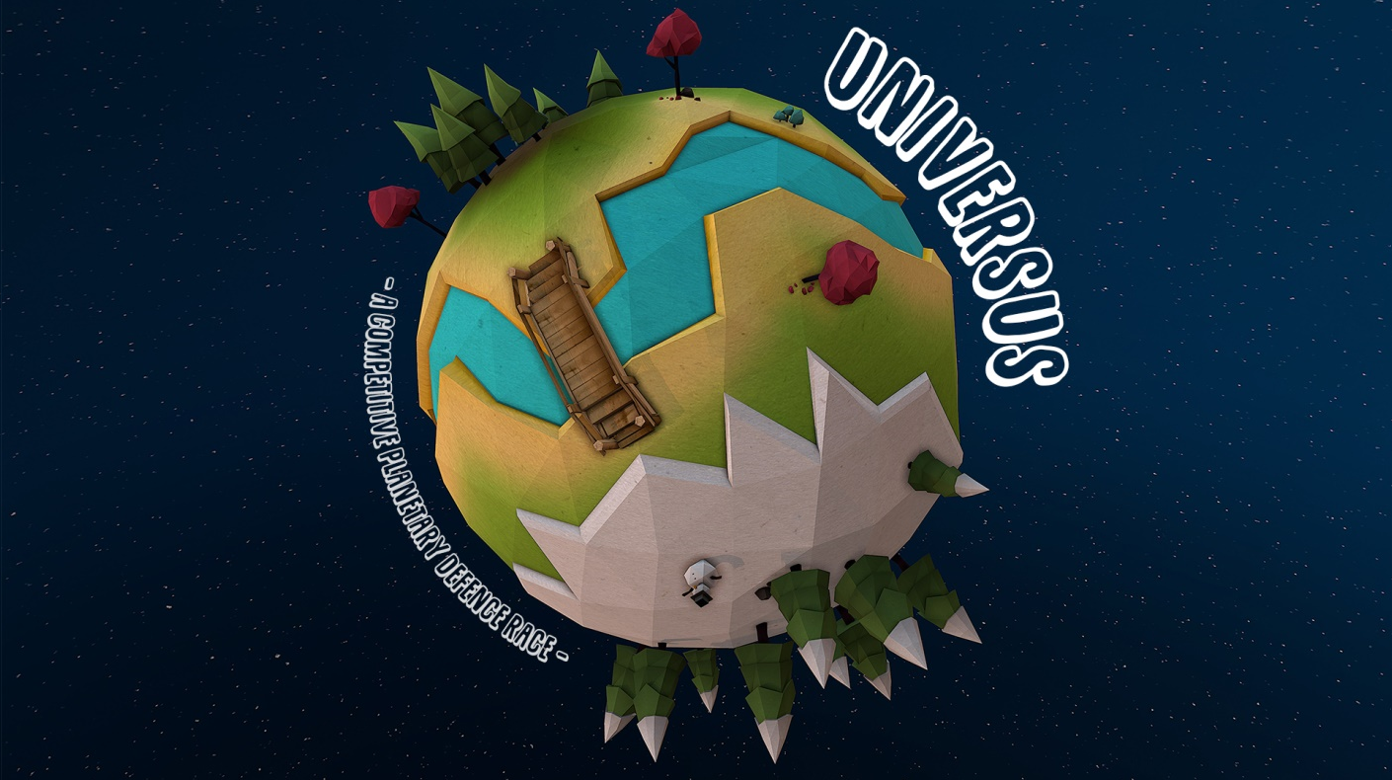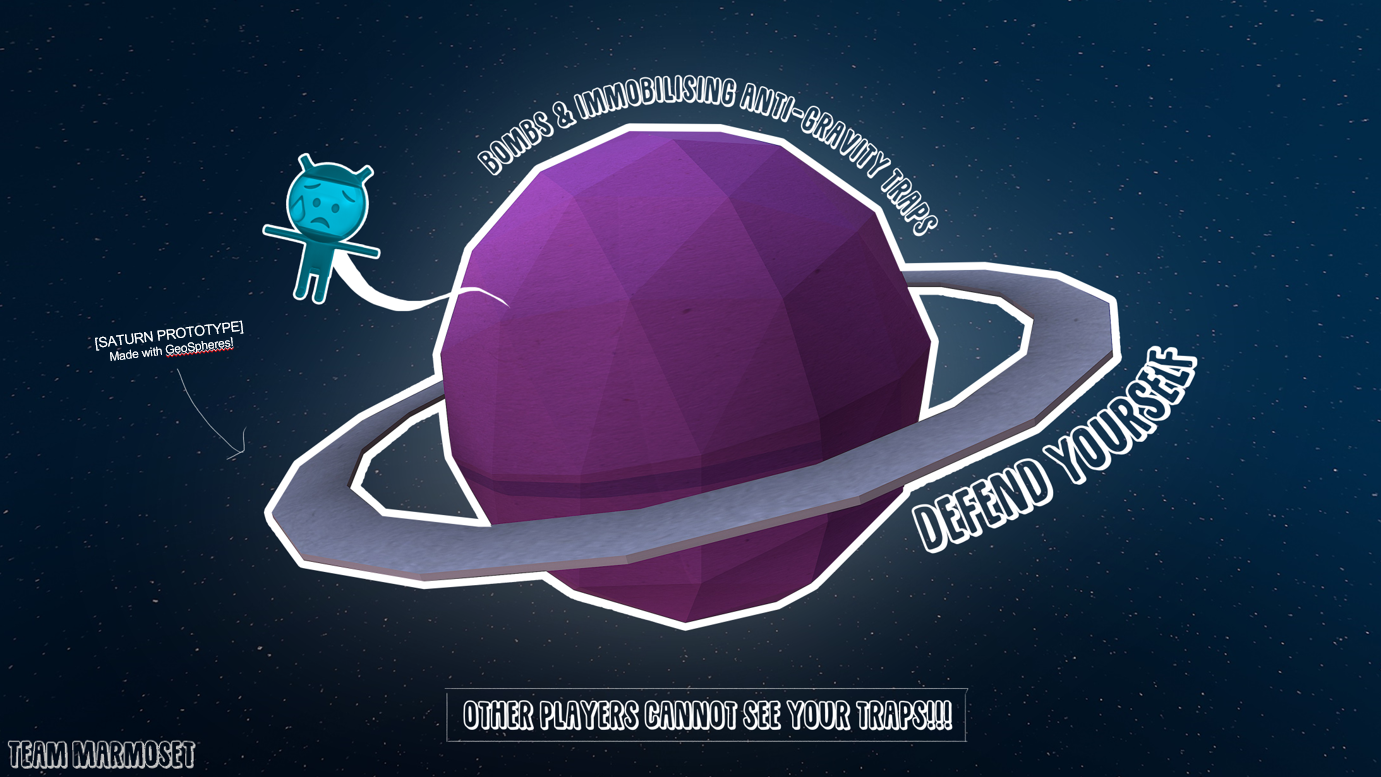My ambition was to create the same system on a small scale using tablets and a laptop, so that small events will be able to take advantage of the technology.




I graduated from Sheffield Hallam University in 2018, having studied Computer Science For Games at MCOMP (equivalent to BSc + MSc), at a 2:1 level I studied at Sheffield Hallam University for a total of 5 years, including 1-year placement at SN Systems Ltd/Sony Interactive Entertainment Europe in Bristol. This was the most impactful chapter of my life as I truly lived my university experience to the full. As well as providing me with the opportunity to get a high-level qualification, taught by current and ex-industry professionals, Sheffield Hallam University provided me with a platform to travel the world breaking and competing. The experience at my university was truly amazing and I cherish every moment. I also studied Computer Science, Math & Business Studies at A-Level, at The Campion Sixth Form. Below are some projects I worked on during my time at University



